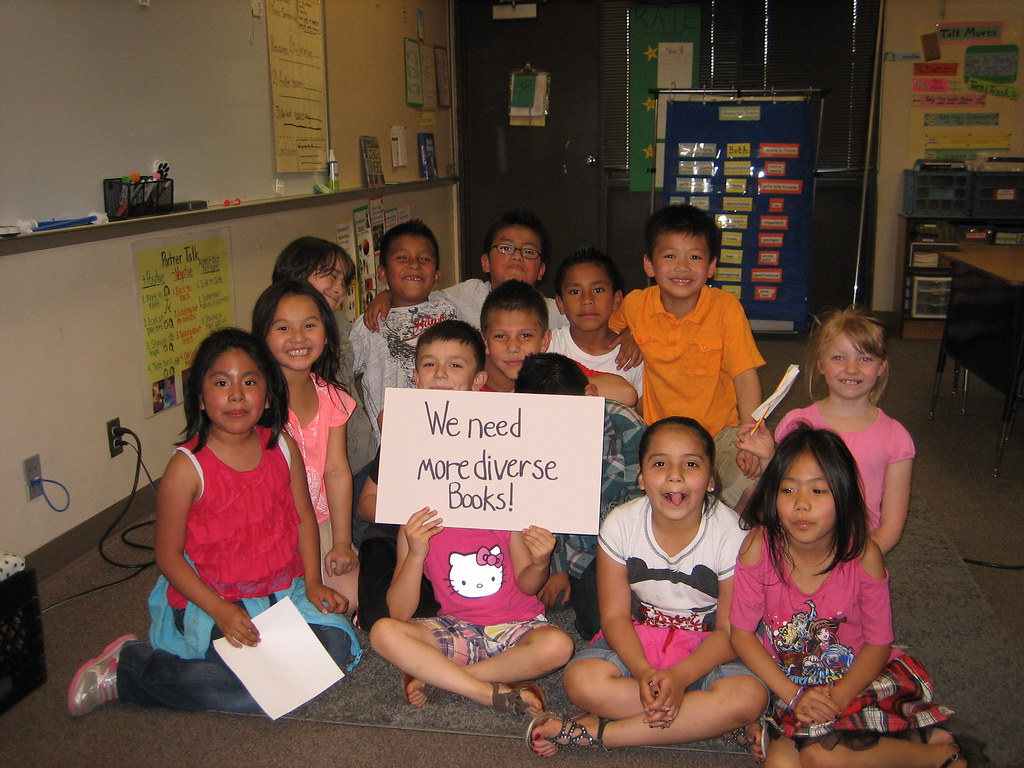Publishing Trends: Inclusivity and Diversity
Recently, there has been an increase in awareness of the importance of inclusivity and diversity in all aspects of life. This includes publishing. The publishing industry has realized that it needs to be more global to better represent the society we live in. This article will discuss the current trend, why it is essential, and how we can achieve it.
Understanding Inclusivity and Diversity in Publishing
This trend refers to the representation of people from different backgrounds, cultures, and identities in the books and materials published. This means that people from all walks of life should be able to see themselves represented in literature, not just the dominant culture or majority group.
It also includes having authors, editors, and other publishing professionals from diverse backgrounds. This is important because people from different backgrounds bring unique perspectives and experiences to the publishing industry. This can also be said for the books they produce.
The Importance of Inclusivity and Diversity in Publishing
The importance of inclusivity and diversity in publishing cannot be overstated. For many years, the publishing industry has been dominated by a few voices, leaving little room for other perspectives. This has led to the perpetuation of harmful stereotypes and the erasure of marginalized voices.
Inclusivity and diversity in publishing can help to break down these barriers. Books provide a platform for different voices to be heard. Also, readers from all backgrounds can see themselves represented in literature. This can have a positive impact on their self-esteem and sense of belonging.
Current State of Inclusivity and Diversity in Publishing
While the importance of inclusivity and diversity in publishing is widely recognized, the industry still has a long way to go. According to a survey conducted by Lee & Low Books in 2019, the publishing industry is still predominantly white. Only 5% of publishing professionals identifying as Black, 1% as Native American, and 7% as Asian.
This lack of diversity is also reflected in the books published. In a study conducted by the Cooperative Children’s Book Center in 2020, only 28% of children’s books featured characters of color. This lack of representation can have a negative impact on young readers, especially those from marginalized communities.
Steps to Achieving Inclusivity and Diversity in Publishing
The publishing industry needs to take several steps in order to achieve inclusivity and diversity in publishing. These include:
- Hiring more publishing professionals from diverse backgrounds. Publishing companies can offer internships and mentorship programs to people from underrepresented groups.
- Supporting and promoting books written by authors from diverse backgrounds. Publishing companies can provide marketing and publicity support for these books.
- Providing training and education for publishing professionals on these issues. This can help to increase awareness and understanding of the importance of diverse representation in literature.
- Building partnerships with community organizations and schools to increase access to books and publishing opportunities for marginalized groups.

Benefits of Inclusivity and Diversity in Publishing
The benefits are numerous. These include:
- Readers hear different voices and perspectives, which leads to a more inclusive and representative society.
- Enriching the publishing industry and the books produced by bringing in new and diverse perspectives.
- Encouraging reading and literacy among marginalized communities. They are more likely to engage with literature that represents their experiences and identities.
- Stimulating creativity and innovation in the publishing industry by expanding the pool of ideas and perspectives.
- Creating a sense of belonging and community for readers from diverse backgrounds. This can have a positive impact on mental health and well-being.

FAQ’s About Inclusivity and Diversity in Publishing

Final Thoughts
Inclusivity and diversity are essential components of a healthy and representative publishing industry. We can achieve a more inclusive and diverse publishing industry. The industry should hire more diverse professionals, support and promote books by authors from diverse backgrounds. They should also provide training and education on issues of diversity and inclusivity, as well as build partnerships with community organizations. This will not only benefit the publishing industry but also have a positive impact on readers and society as a whole.








